Estimating the returns to United Kingdom publicly funded musculoskeletal disease research in terms of net value of improved health outcomes
- PMID: 29316935
- PMCID: PMC5761203
- DOI: 10.1186/s12961-017-0276-7
Estimating the returns to United Kingdom publicly funded musculoskeletal disease research in terms of net value of improved health outcomes
Abstract
Background: Building on an approach applied to cardiovascular and cancer research, we estimated the economic returns from United Kingdom public- and charitable-funded musculoskeletal disease (MSD) research that arise from the net value of the improved health outcomes in the United Kingdom.
Methods: To calculate the economic returns from MSD-related research in the United Kingdom, we estimated (1) the public and charitable expenditure on MSD-related research in the United Kingdom between 1970 and 2013; (2) the net monetary benefit (NMB), derived from the health benefit in quality adjusted life years (QALYs) valued in monetary terms (using a base-case value of a QALY of £25,000) minus the cost of delivering that benefit, for a prioritised list of interventions from 1994 to 2013; (3) the proportion of NMB attributable to United Kingdom research; and (4) the elapsed time between research funding and health gain. The data collected from these four key elements were used to estimate the internal rate of return (IRR) from MSD-related research investments on health benefits. We analysed the uncertainties in the IRR estimate using a one-way sensitivity analysis.
Results: Expressed in 2013 prices, total expenditure on MSD-related research from 1970 to 2013 was £3.5 billion, and for the period used to estimate the rate of return, 1978-1997, was £1.4 billion. Over the period 1994-2013 the key interventions analysed produced 871,000 QALYs with a NMB of £16 billion, allowing for the net NHS costs resulting from them and valuing a QALY at £25,000. The proportion of benefit attributable to United Kingdom research was 30% and the elapsed time between funding and impact of MSD treatments was 16 years. Our best estimate of the IRR from MSD-related research was 7%, which is similar to the 9% for CVD and 10% for cancer research.
Conclusions: Our estimate of the IRR from the net health gain to public and charitable funding of MSD-related research in the United Kingdom is substantial, and justifies the research investments made between 1978 and 1997. We also demonstrated the applicability of the approach previously used in assessing the returns from cardiovascular and cancer research. Inevitably, with a study of this kind, there are a number of important assumptions and caveats that we highlight, and these can inform future research.
Keywords: Elapsed time; Medical research charities; Medical research investment; Musculoskeletal disease; QALYs; Rate of return; Research payback; Value of health.
Conflict of interest statement
Consent for publication
Not applicable.
Competing interests
The authors declare that they have no competing interests.
Publisher’s Note
Springer Nature remains neutral with regard to jurisdictional claims in published maps and institutional affiliations.
Figures
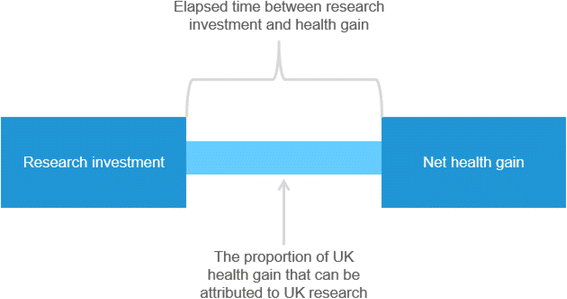
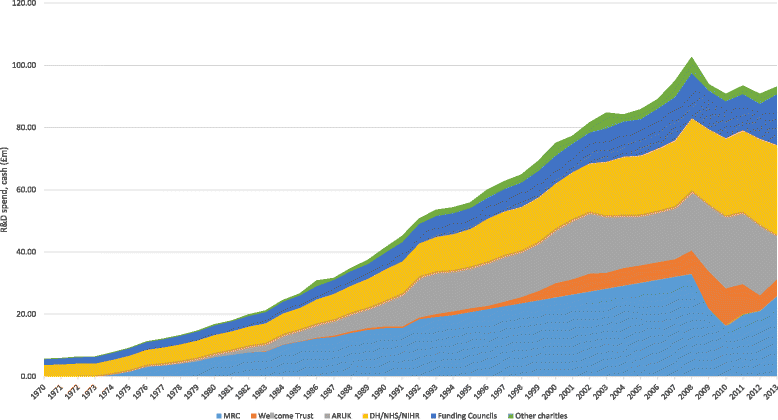
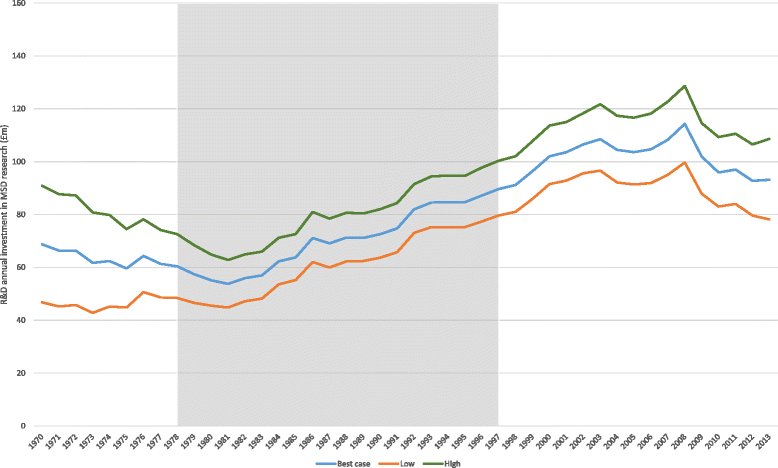
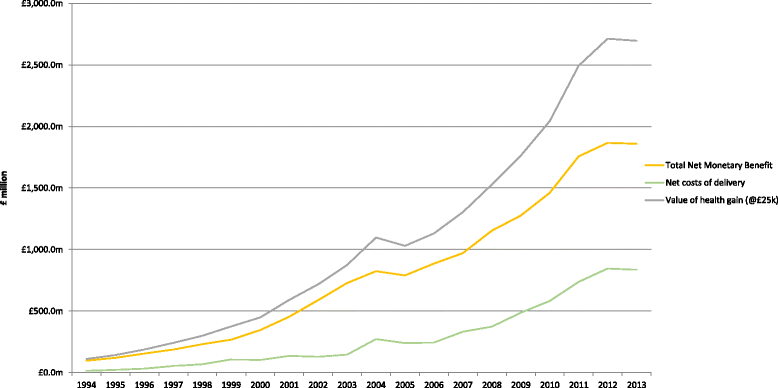
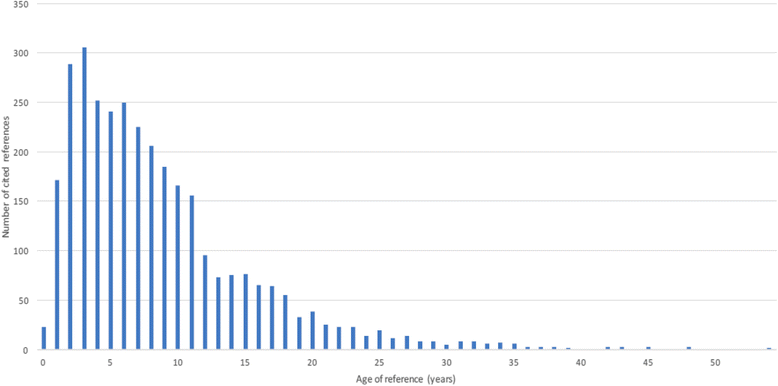
References
-
- Røttingen J-A, Regmi S, Eide M, Young AJ, Viergever RF, Ardal C, Guzman J, Edwards D, Matlin SA, Terry RF. Mapping of available health research and development data: what’s there, what’s missing, and what role is there for a global observatory? Lancet. 2013;382:1286–307. doi: 10.1016/S0140-6736(13)61046-6. - DOI - PubMed
-
- Health Economics Research Group, Office of Health Economics, RAND Europe . Medical Research: What’s it Worth? Estimating the Economic Benefits from Medical Research in the UK. London: UK Evaluation Forum; 2008.
MeSH terms
Grants and funding
LinkOut - more resources
Full Text Sources
Other Literature Sources
Molecular Biology Databases

